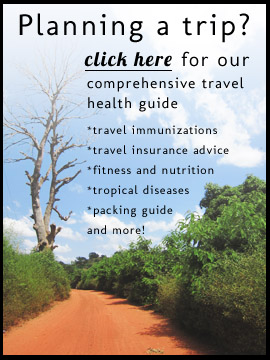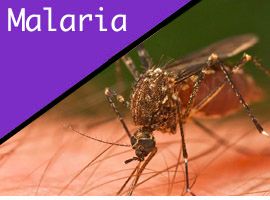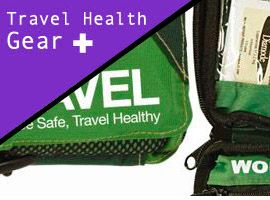Mount Kilimanjaro is rightfully one of the world’s most prized trekking destinations. At 4,900 meters, it is far and away the highest mountain in Africa. It goes without saying that climbing Kilimanjaro is a physical undertaking, one that you must prepare for in advance of your trip. Here are a few tips to stay healthy on the way to the summit.
Plan, plan, plan
Be diligent about researching a certified outfit that will be able to safely get you to the summit. Thanks to the internet, it’s easy to find reviews of companies, and it’s not difficult to see where reputations lie. Some outfitters will obviously be more expensive, but the extra cost may be worth it as they are more likely to have better trained staff and more extensive safety gear and equipment.
There are also extensive online resources offering advice for preparation and climbing itself. Don’t wait until you are climbing Kilimanjaro to start learning about the effects of altitude sickness. There are plenty of websites that can advise you on the physical shape you need to be in before undertaking this trek.
Have a physical consultation before you go
Whether you have known medical issues or not, it is a good idea to have a thorough medical check-up before you travel. While there is no age limit to climbing Kilimanjaro, certain people are disqualified if they have circulatory, respiratory or heart issues. Your resting heart rate also helps determine whether you can make the trek. In general, if your resting heart rate is at 100 or above, you will likely have to seek special medical approval before being able to climb the mountain.
It’s also worth noting that a yellow fever vaccination is required for entry if you are coming from a country where the disease is endemic. You can get a yellow fever vaccination, if needed, from a travel health clinic.
Don’t wait till you get there to get in shape
Your fitness is not something that you can spring to life with a snap of your fingers. Plan to start training several months before your trip. You don’t need to be able to run a marathon, but you need to be in good physical shape. If you have ever been in a high altitude environment, you know what it’s like to physically exert yourself when oxygen is hard to come by. If you have the opportunity, you can do a short high altitude training program, which can prepare you for the low-oxygen environment. These programs are available at some gyms and as part of certain physical training programs.
Take out travel insurance
You will want to have standard travel insurance that covers theft, missed flights and all of that. However, you will also want to have insurance that covers high altitude climbing. This will cover you in case you have any medical issues or emergencies that arise during the trek.












{ 0 comments… add one }